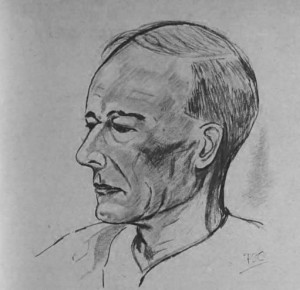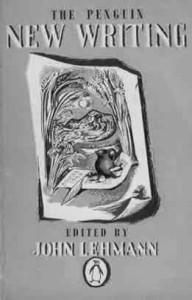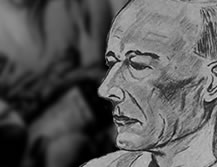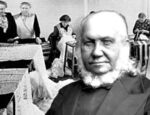Description
 Meet Percy Coats, the Derbyshire coal miner who read voraciously in his youth and became a well-respected author at the age of fifty. He had for many years entertained his friends and colleagues with his writing, but one day in 1946 his wife rescued, the story goes, a discarded manuscript and sent it off to John Lehmann, the influential Leftist poet and publisher who was then commissioning editor of Penguin New Writing. To everyone’s surprise the pioneering Lehmann–who also helped establish Sid Chaplin–published Coates’s short story entitled ‘Butties’ in the July edition.
Meet Percy Coats, the Derbyshire coal miner who read voraciously in his youth and became a well-respected author at the age of fifty. He had for many years entertained his friends and colleagues with his writing, but one day in 1946 his wife rescued, the story goes, a discarded manuscript and sent it off to John Lehmann, the influential Leftist poet and publisher who was then commissioning editor of Penguin New Writing. To everyone’s surprise the pioneering Lehmann–who also helped establish Sid Chaplin–published Coates’s short story entitled ‘Butties’ in the July edition.
The following year Coates had another short story published, this time in Coal Magazine, the National Coal Board’s publicity organ. The article introducing his story, ‘Good to be Young’, explains that there were “not many jobs underground which Mr. Percy Coates… has not done. He was born of mining stock and for twenty-eight years worked in two pits near Chesterfield as filler, coal-getter, header, shot-firer, and deputy over coal-cutters and conveyors, also acting in emergency as ripper, packer, mechanical coal-cutter, conveyor, builder, and even horse-keeper. At the moment he is recuperating from injuries which may mean the end of this career in the pits.”
 His arduous working life must to some extent have restricted his literary ambitions, but they do not appear to have affected his early and continued thirst for literature. It is perhaps telling that it took a job-threatening injury for him (or his wife) to begin courting publishers. He told his Coal Magazine interviewer that as a boy he devoured everything in print he could lay his hands on. The interviewer summarises: “Into the mill of his mind went prose, poetry, essays, philosophy, philology, everything he could find about art and music, grammar, dictionaries, the Bible, the Koran, Greek and Roman drama. Later the Russians exercised a deep influence, then the French, especially Flaubert, Balzac and Maupassant.”
His arduous working life must to some extent have restricted his literary ambitions, but they do not appear to have affected his early and continued thirst for literature. It is perhaps telling that it took a job-threatening injury for him (or his wife) to begin courting publishers. He told his Coal Magazine interviewer that as a boy he devoured everything in print he could lay his hands on. The interviewer summarises: “Into the mill of his mind went prose, poetry, essays, philosophy, philology, everything he could find about art and music, grammar, dictionaries, the Bible, the Koran, Greek and Roman drama. Later the Russians exercised a deep influence, then the French, especially Flaubert, Balzac and Maupassant.”
Beyond this tantalizing snippet of biography (and what we can distill from his semi-autobiographical fiction) we know next to nothing about Percy Coates. In 1954 he had his short story ‘Poppies and Pitmen’ published in Argosy, edited by John Pudney Putman. His mining stories were at some point, probably in the 1950s, broadcast on BBC radio, and his book The World is Wide Enough was published by Lehmann in 1949 (the top image is from the original dust jacket).
What his example shows us is that in the Derby mining community of Hasland, Chesterfield, in the early 20th century Coates did not appear to suffer from the same limitations (in terms of accessibility and opportunity) on the intellectual life as those experienced by most 19th century working-class autodidacts. We must assume that readable English translations were by this point available in the local library, or affordable to purchase as books, otherwise this informally trained scholar could never have satisfied his curiosity. Before Ernest Rhys and Joseph Malaby Dent‘s Everyman’s Library (and its competitors), it is hard to imagine such a breadth of reading being attainable even within the top private schools and universities.
n.b. around 1920




